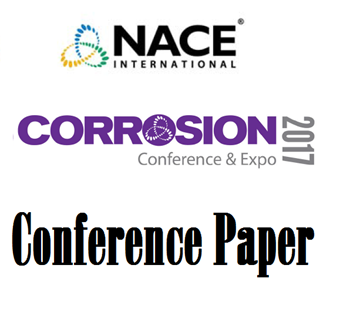Search
51315-5590-Corrosion Test-data Modelling for C10H18N2Na2O10 Performance on Steel-rebar in 3.5% NaCl-immersed Concrete
Also Purchased
Monitoring Rebar Corrosion Propagation Embedded in Concrete
Product Number:
51317--9094-SG
ISBN:
9094 2017 CP
Publication Date:
2017
$20.00
51315-5605-Corrosion Fatigue Behaviour of High Strength Steel Wire in Various Aqueous Environments
Product Number:
51315-5605-SG
ISBN:
5605 2015 CP
Publication Date:
2015
$0.00
51315-5577-Corrosivity Assessment of Brackish Water
Product Number:
51315-5577-SG
ISBN:
5577 2015 CP
Publication Date:
2015
$0.00




